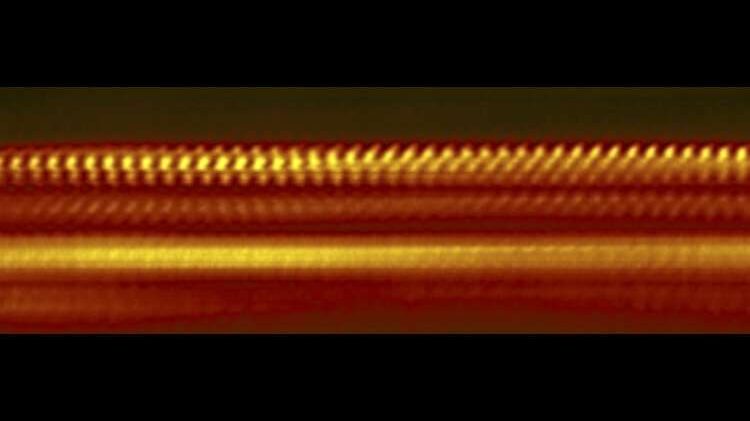We all are annoyed by the heat that comes off of smartphones, laptops, and all other electronic devices, right? However, this heat can do more than just annoy you; it can also cause malfunctions and even cause lithium batteries to explode. Engineers make use of glass, plastic, and even layers of air to act as insulation, thus preventing heat from causing damage or discomfort. A team of researchers has managed to create a heat shield that is only 10 atoms thick to provide insulation.

The team of researchers hails from the Stanford University and has managed to demonstrate that a few layers of thin materials – atomically thin – stacked like sheets of paper and placed on hot spots can offer insulation that is equivalent of a sheet of glass that is 100 times thicker. A heat shield that is as thin as this particular heat shield will allow engineers to make electronic devices even slimmer.

Eric Pop, professor of electrical engineering and senior author of the paper that has been published in Science Advances, said, ‘We’re looking at the heat in electronic devices in an entirely new way,” Pop said. The heat that we experience from our laptops or smartphone is basically an inaudible high-frequency sound. It might sound crazy if you don’t understand the underlying physics. Electricity flows via wires as a stream of electrons. These electrons collide with the atoms of the materials that they are passing through. With each collision, an electron causes an atom to vibrate. The more current that flows, the more collisions it creates, thus giving rise to vibrations that move through the solid material at frequencies that are not in the range of our hearing. These vibrations end up generating heat that we experience as heat.
The Stanford researchers though of this heat as a kind of sound, and this led them to use some principles from the physical world to create this heat shield. Pop had worked as a radio DJ at Stanford’s KZSU 90.1 FM and knew that the music recording studios are quiet because of the thick glass windows that are utilized for keeping the exterior sound out of the studio. A similar principle is already utilized in creating the heat shields that are installed in electronics of today. However, the concern of the researchers is not just better insulation; it is better insulation that is slimmer as well. They ended up borrowing another idea that homeowners make use of; multi-paned windows with layers of air between sheets of glass for keeping the interior warm and quiet.

Postdoctoral scholar Sam Vaziri is the lead author on the paper and said, ‘We adapted that idea by creating an insulator that used several layers of atomically thin materials instead of a thick mass of glass.’ Coming back to atomically thin materials that were used for creating this heat shield; they are a recent discovery, relatively speaking. Scientists were only able to isolate some of the materials into such thin layers about fifteen years. The team of researchers from Stanford made use of a layer of graphene and three similar sheet-like materials – each measuring three atoms thick – for creating a four-layered insulator that is only 10 atoms deep. This heat shield is proving to be so effective because the atomic heat vibrations are dampened and lose much of their energy while making their way through each layer.
Pop said, ‘As engineers, we know quite a lot about how to control electricity, and we’re getting better with light, but we’re just starting to understand how to manipulate the high-frequency sound that manifests itself as heat at the atomic scale.’


